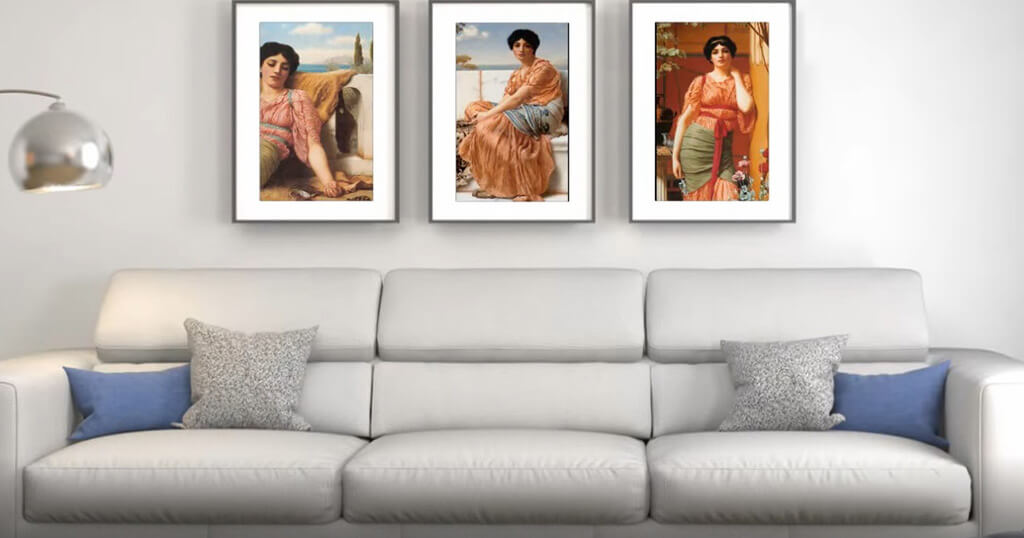I just got off a Skype call with Tom Lemmons, the founder of Nimbus Ltd, a young Colorado-based company. Nimbus brings a digital art experience to homes, based on one or several grouped displays.
So I decided to dig a little deeper and introduce Nimbus to you.
My tests are unbiased. There are no financial or material donations to be disclosed.
A digital art company is born
Tom Lemmons is a veteran of the Interactive TV industry where he has been working for almost thirty years as an engineer and consultant in the area of content delivery networks, embedded systems development, encryption, and many other related aspects.
Tired of framed printed photos and the narrow selection that you obviously have due to space limitations, and some gentle nudging from his wife DeeAnn, he started building his first PC-based prototype of a digital picture frame in 2010.
He eventually made the switch to the Raspberry Pi and built a few large frames for his parents and friends.
In 2016, Tom and his wife decided to incorporate Nimbus and developed it into a real business. They started selling two models of large picture frames together with a centrally controlled browser and mobile app.
Shortly after, driven by his personal love for the arts, and his technical understanding of methods to protect digital intellectual property, he started exploring licensing models for digital art-at-home.
Currently, Nimbus can offer their clients a million pieces of art that can be streamed to their Nimbus frames and enjoyed in the living room.
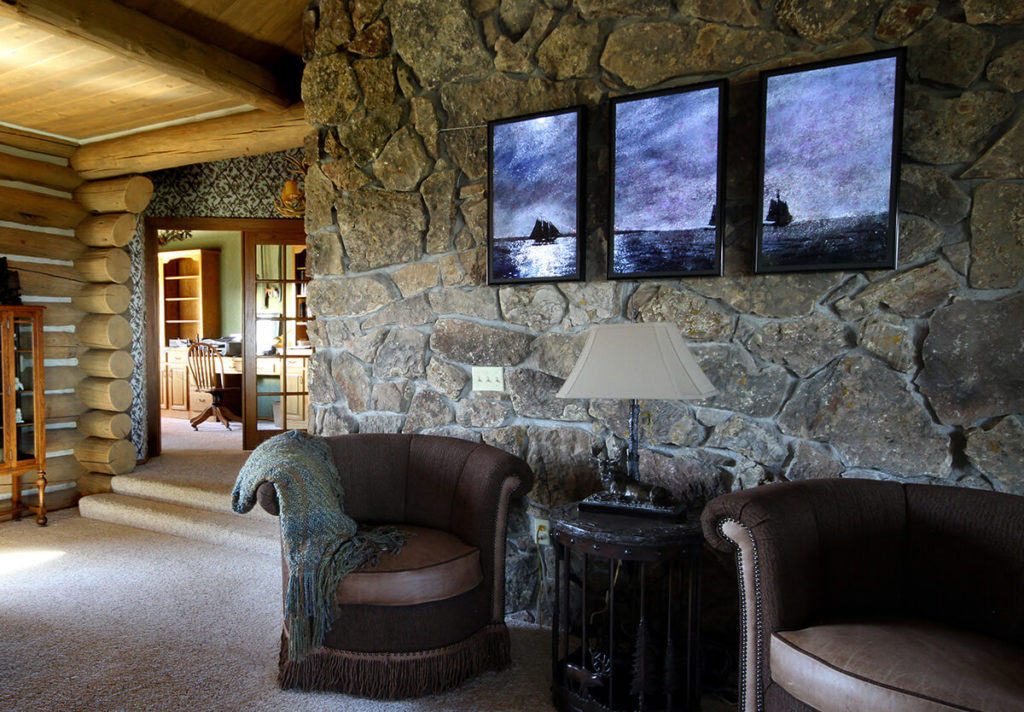
How does this compare to the art subscription services from Samsung or Netgear Meural? Meural claims to offer 30,000 pieces of art and Samsung talks about 1,200. So clearly Nimbus’ one million selection plays in a league of its own here.
Very special about Nimbus offering is a mosaic feature whereby several frames can be combined into a most impressive wall ensemble.
The hardware
Nimbus currently sells two frames, the Orion (32 inches) and the Polaris (42 inches).
Except for the size, both have the same technical specifications. The frame is a 1080p, 1920 x 1080 px type from LG which is outfitted with the electronics and the software in Colorado.
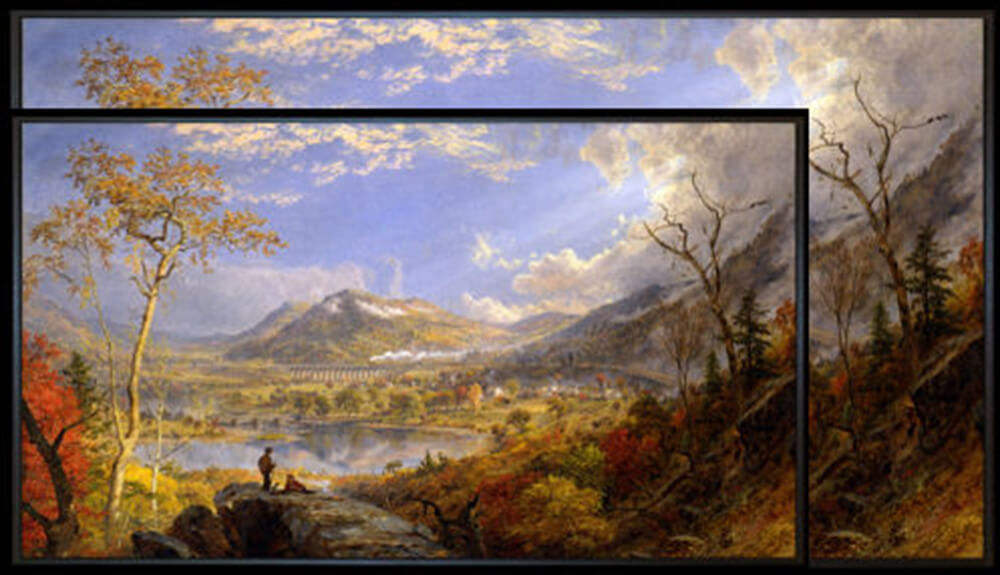
Nimbus has built the frame in a way that you can easily slide on your own frame in the material of your choice to make it blend in perfectly with your living room style.
This is different compared e.g. with Samsung’s The Frame which requires a proprietary bezel structure which, for the larger models, costs up to $200.
You can mount the frame in portrait or landscape mode.
I was not able to test the touch & feel of the Nimbus frame myself but Tom assured that the display was of very high quality.
The software
The Nimbus frames are controlled by a browser-based app, as well as mobile apps for both Android and iOS.
You can set up and select playlists, upload personal pictures, search through the art listings, and purchase art.
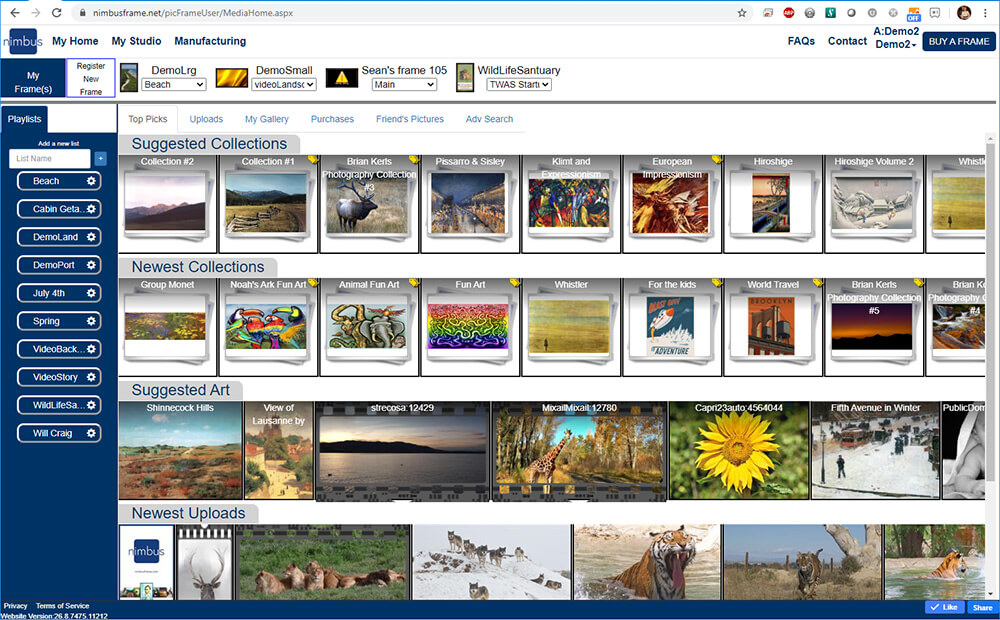
The frames connect to Wifi and then to the Nimbus Server. Frames do not need to be on WiFi continuously, but just for occasional updates and any changes to the playlist from the user.

The software provides plenty of options to customize your viewing experience.
You can upload fifty of your personal photos on the free account or upgrade for unlimited digital uploads and create unlimited playlists to organize your works into viewing groups. Fifty photos are of course not enough but the maintenance plan which gets you many more is reasonably priced.
The art
Nimbus art collection is unique in the industry and Tom’s background in encryption technology surely helped to assure the various licensors that their images weren’t open to flagrant pirating and digital duplication on the Internet.
It is Nimbus’ vision that people will someday consume art in the same way as they listen to music or watch movies. This means having access to everything for a flat recurring monthly fee.
What is special with Nimbus is that it provides a direct way for artists to participate in the monetisation of their art.
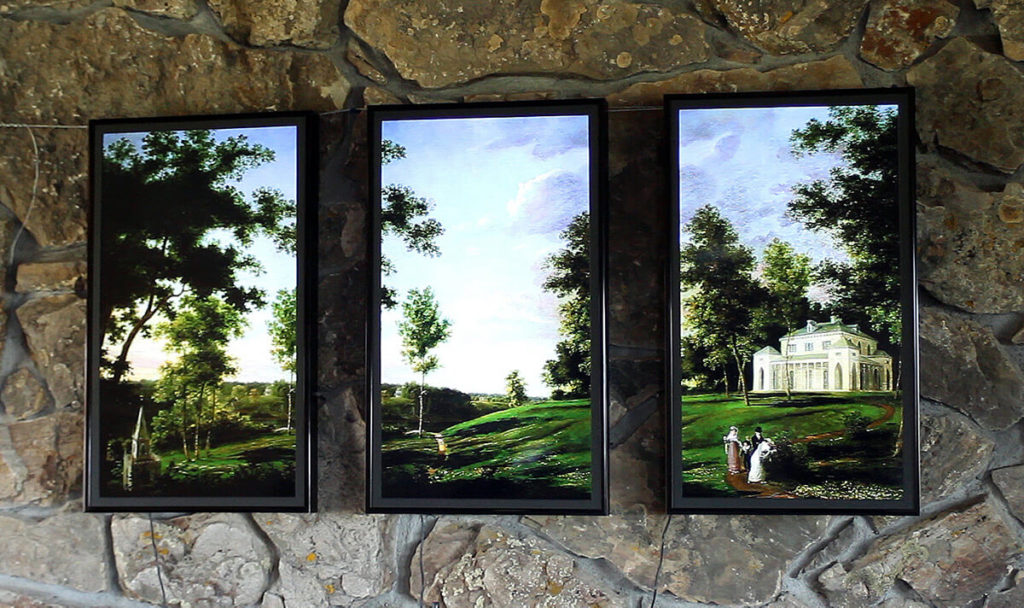
Every artist can set up a free account. These accounts allow them to upload their digital works and offer them to the Nimbus community for a monthly subscription or even for purchase.
This even goes so far that Nimbus gives the artists control of how their work is presented on the frames. They get to set up the images with mat colors, brightness settings, restrictions and cropping details for landscape and portrait displays, and more. All this can be done to make sure your art is presented in the best possible way.
The mosaic feature
You have probably seen large art installations where the image has been spread across several screens.
This can create a very immersive effect, just like looking through a large window made up of several panes. Especially for motion art, this is quite spectacular.
Nimbus supports this feature which they call “Mosaic”. A collection of any number of Nimbus frames can be grouped and the image is being spread across the various monitors.
Yes, you need a bit of space to display six to eight large screens and you definitely want to hide the power cables, but it won’t fail to make a big impression!
Multiple frames can be set up and synchronized to show both still and motion art as a large mosaic. The art and photo layout feature on the web app, allows you to span a single image or motion art across multiple frames or pick related images to be used as a collage.
The two sizes of frames work together to build units using portrait and landscape orientation.
Pricing and availability
Nimbus frames are currently only available in the US.
The 32 inches Orion Frame comes at $549 and the 42 inches Polaris at $659. This includes mounting brackets and a flat, paintable power cord.
Each Nimbus digital art frame requires a service plan. The service plan gives the frame access to the Nimbus Portal, Nimbus Art Collection and storage space for personal uploaded images.
For all pricing information, check here.
Premium Art pieces and Collections are special artwork directly from artists or galleries. The collections are curated by the owning artist/gallery and change over time. The pricing is set by the artist. Purchasing Premium Art supports the individual artist. I have been told that Nimbus takes only a small handling percentage.
Conclusion
The company Nimbus is not about the hardware, it’s about a whole new way of providing a direct monetisation channel for artists.
The one million art pieces choice exceeds, to my knowledge, any comparable offers by far. What I like especially is the direct monetization avenue for artists which could prove to be an interesting solution for the art market.
Also, the mosaic feature is a creative way to display photos and art much larger without having to have a huge screen dominate the room. With several frames, it looks airy and light – while being most impressive.
(Photos and videos: Tom Lemmons)
Was this article helpful?
Thank you for your support and motivation.
Related Articles
- How to use the Amazon Echo Show 10 as a digital picture frame (Product Review and User Manual)
- My 2020 review of the tack-sharp 2K Nixplay Smart Photo Frame – get ready to be spoilt
- The new Nixplay Smart Photo Frames – right in time for the holiday season
- My 2019 review of the Nixplay Seed 10.1 WiFi photo frame – Made for friends & family
